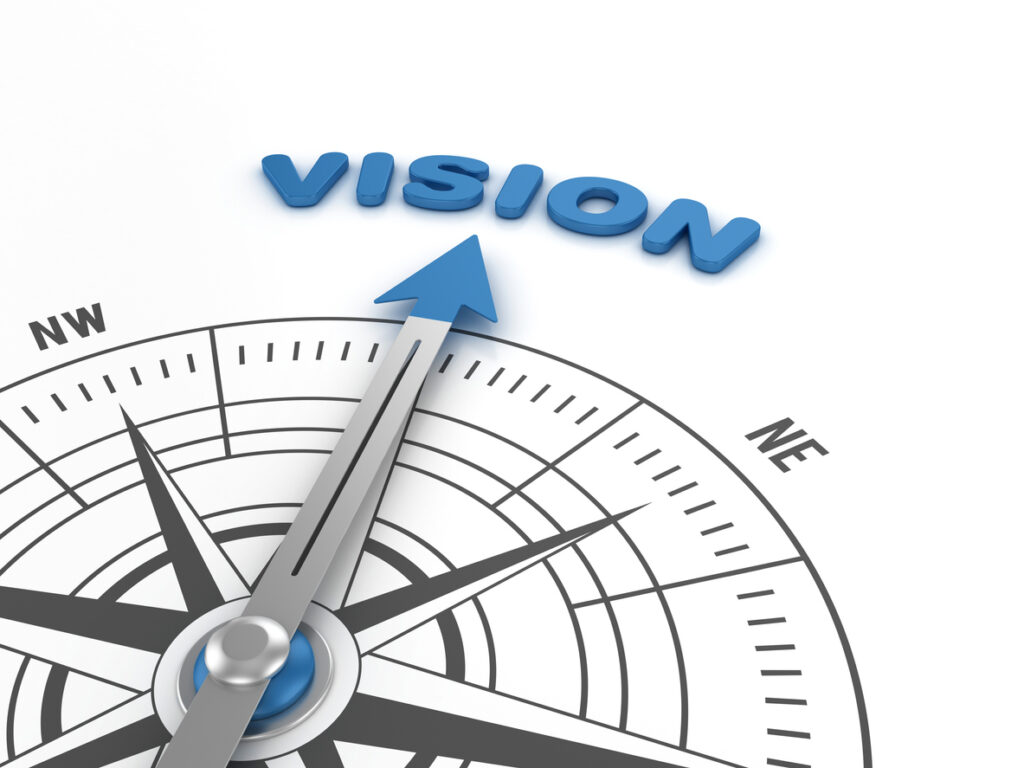
Visual mapping is a method to display data in an easy-to-understand, visual format. The main goal of using such charts is to help people better understand and perceive various kinds of data sets that might be difficult to grasp by just reading raw numbers or text. Visual mapping can be used for all kinds of different purposes, including marketing and education. It can help people to understand what is going on in the world more easily, as well as just entertain or give a general overview.
Visual mapping displays data using colours and shapes that are unique to each individual kind of data set according to its characteristics. For example, if a company uses it for market research, the data might be displayed by geographical location, and each of those locations would be indicated with a different colour. The data will usually be split into two or more categories to make it easier for people to comprehend what is going on, such as whether the demand is high or low for that product in that particular area.
Data can also be displayed with icons or symbols rather than by colour. This is most commonly used in marketing to show different kinds of consumer products.
Visual mapping is not limited to two dimensions either, and it can also be displayed in three-dimensional graphs that are easier for people to understand. These 3D graphs usually use layers that stack on top of each other to give a better idea of how the data is distributed.

Visual mapping does have some drawbacks, however, as it can be difficult for people with certain kinds of disabilities or visual problems to read. For example, if the colour contrasts are not strong enough, someone who is colorblind might not be able to distinguish which colours represent which data. It can also be hard for people with visual impairments to see the shapes and symbols used, as that might not be their strong suit.
In this article, we will discuss what visual mapping is. We will start out by discussing what a map is as well as the different types of maps that exist. In addition to this, we will discuss how a map relates to visual mapping and why visual mapping is useful for decision making. Later on in the article, we provided an example of a visual map. Finally, we conclude the article by providing a brief explanation of what visual mapping is and describing other examples of visual maps.
A map can be defined as “a graphical representation of information about something.” Maps are typically made out of paper but exist in various physical forms other than just paper. For example, Google Maps is considered to be a type of map, but it exists on the internet. There are various types of maps that exist, including topographic maps, road maps, and political maps. Maps are typically made for some sort of planning purpose.
Visual mapping is a type of mapping in which information is presented through visual means. It can take various forms, such as graphs and diagrams, to communicate certain types of information, including patterns and trends. Visual mapping typically uses a type of data visualization or iconography to use visuals such that it makes the map easier to understand for its audience.
Visual mapping is typically used to help understand and interpret data about something. The different types of data that can be mapped out typically fall into one of two categories: spatial or temporal. Spatial data is typically geographic information such as the location of a certain object or phenomenon, while temporal data deals with all other types of information such as trends and patterns over time.
These two categories can overlap, however. For example, a commercial drone company may create a visual map that shows the location of commercial drones around the world. This would be considered a spatial type of data because it incorporates geographic information about commercial drones around the world. In addition to this, though, time is also incorporated into the map since commercial drones have to be updated through commercial drone service providers every so often.
This map includes commercial drones around the world, but it also outlines how commercial drones are used in the commercial drone industry. For example, they may be used by commercial drone companies to inspect things that humans typically cannot reach.
Visual mapping typically uses a type of data visualization or iconography in order to make the map easier for its audience to understand. There are various types of data visualizations that can be used when creating a visual map. For example, a commercial drone map may use an icon to represent the drones. In order to simplify the map even further, commercial drone companies may be represented by a certain colour or size of the commercial drone. This is highly dependent on how much information needs to be presented.
Visual mapping should not be confused with other types of maps, such as topographic or political maps. Topographic and political maps are typically used for reference purposes, while visual mapping is typically created for some sort of analysis purpose. It would be incorrect to use a topographic map when creating a commercial drone map since the intention of the commercial drone map is to show trends about commercial drones around the world.




